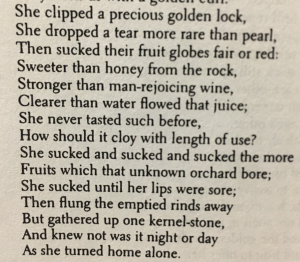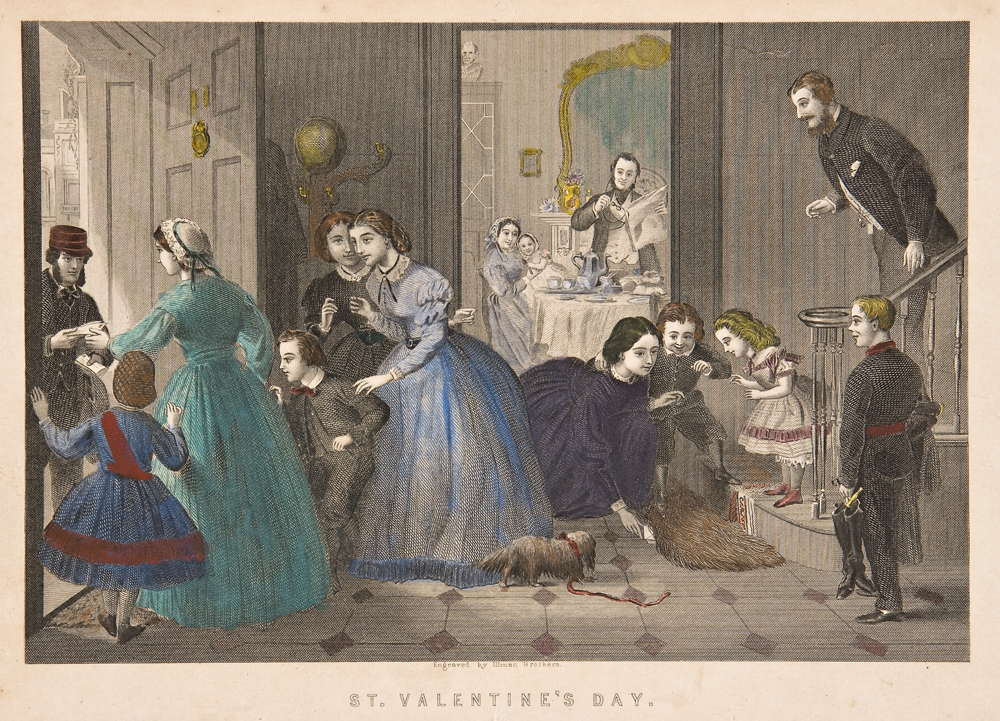My text for the Victorian Queer Archive is called “The Study of Sexual Inversion”, which is a chapter in the book “Studies in the Psychology of Sex” written by Havelock Ellis. This text was written in 1893. The text discusses a professor of psychiatry at Berlin who studied a case of sexual inversion in which the young woman dressed like a boy, played boys games, and was attracted to women. While this type of behavior would normally be dismissed as vice or insanity, Westphal, the professor of psychiatry discussed in the text, came to the conclusion that the young woman’s sexual inversion was congenital, therefore not a vice, and could not be considered insanity.
This text belongs in the Victorian Queer Archive because it discusses a young woman who is homosexual, which, as Holly Furneaux stated, “differs from the life-script of opposite-sex marriage and reproduction”. This woman was “absolutely indifferent in the presence of men” (Ellis). This woman also liked to dress like a boy and play boy games, two things that differ from the ideals of how a Victorian woman should behave.
This text also belongs in the Victorian Queer Archive because even though most doctors during the Victorian Period would consider sexual inversion to be an instance of vice or insanity, the text discusses how Professor Westphal determined that sexual inversion is in fact congenital, therefore not a vice, and can not be considered insanity. It therefore looks at sexual inversion and homosexuality in a way that differs from the way they were typically thought about during the Victorian Period.
This text differs from other texts written during the Victorian Period because it openly discusses orgasm. Most novels and poems written during the Victorian Period do not openly discuss anything sexual, instead the writing is just full of sexual undertones.
This text can be found here: http://vqa.dickinson.edu/essay/study-sexual-inversion


